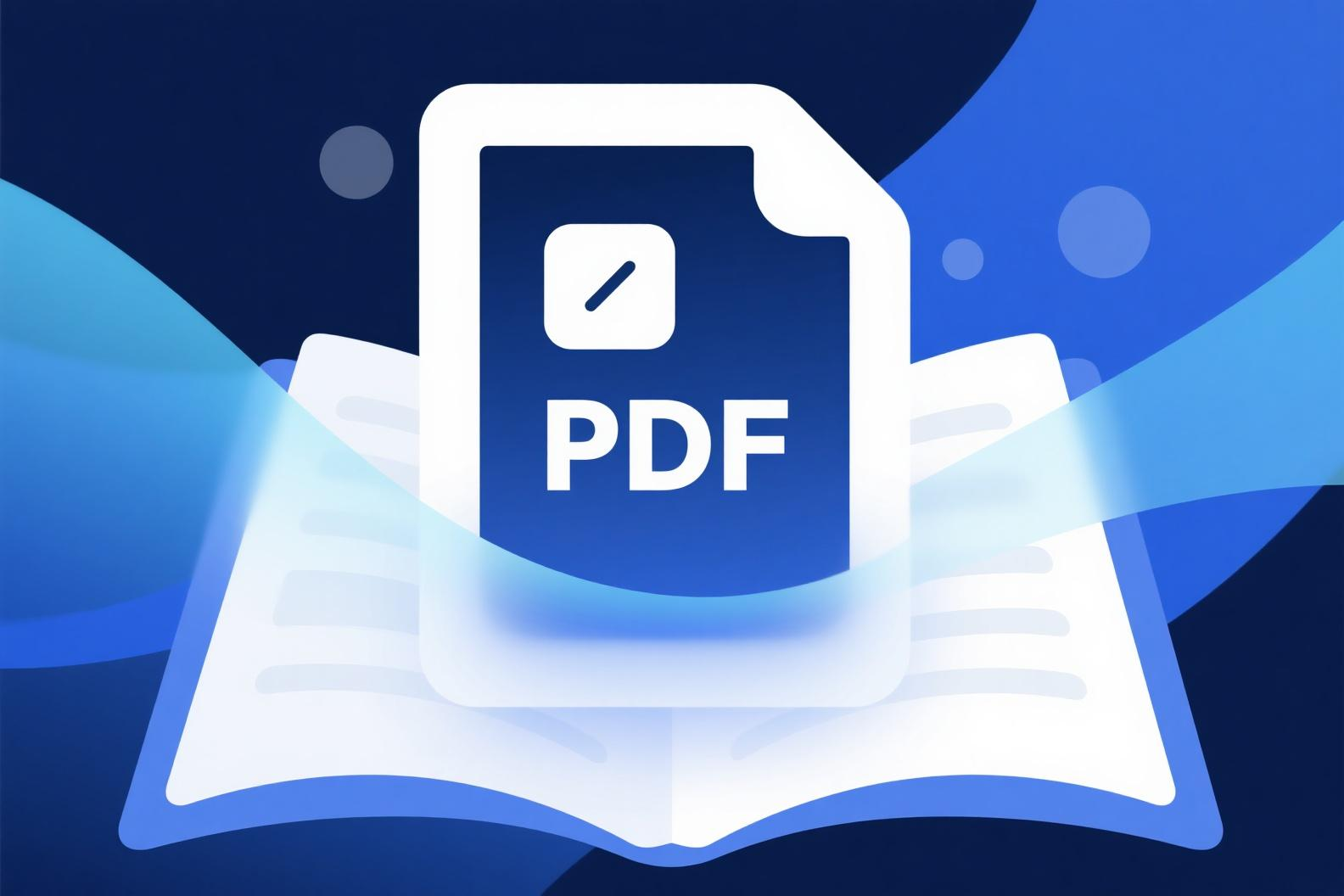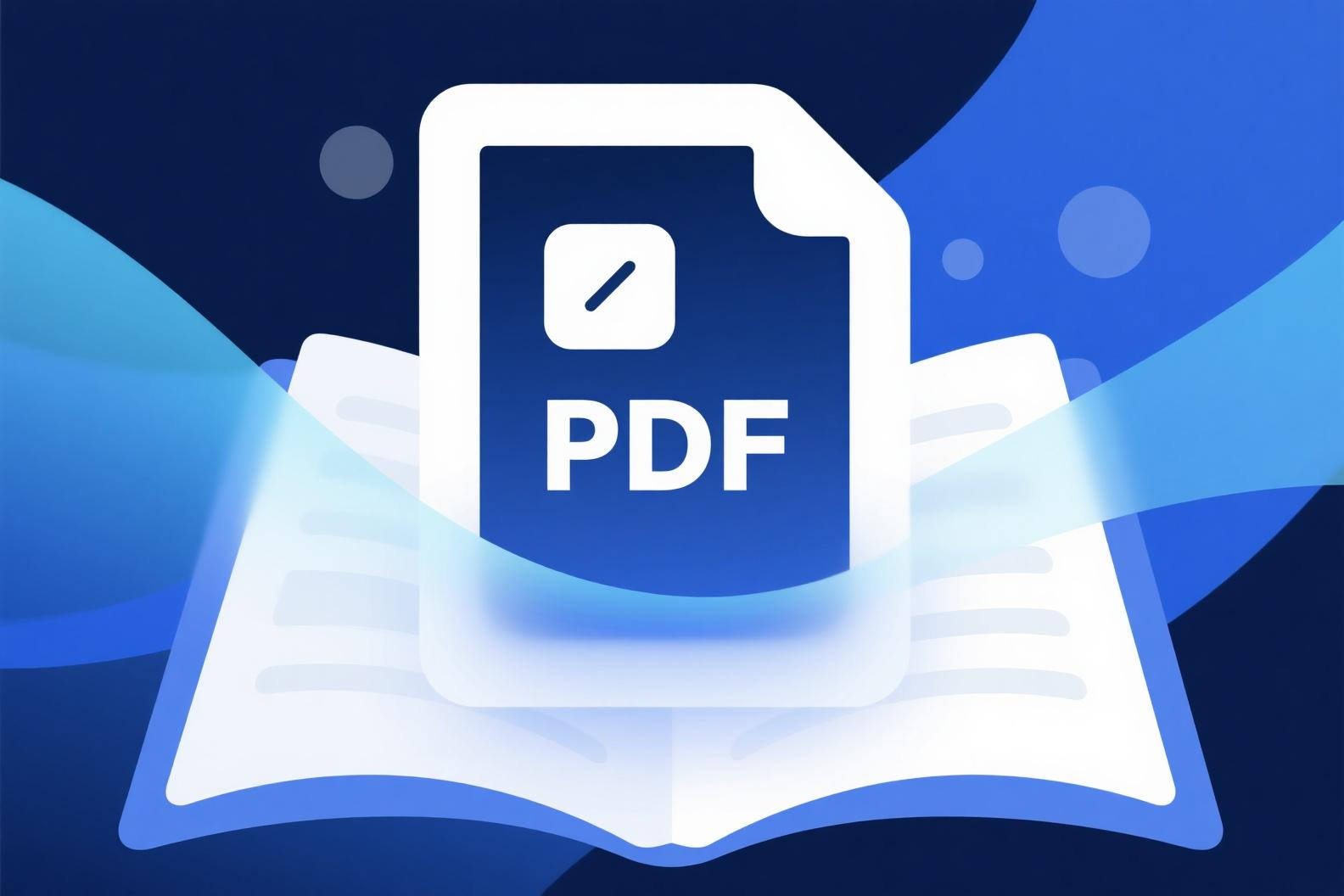PDF (Portable Document Format) has become one of the most commonly used file formats in modern office and academic communication. Whether it's contracts, reports, academic papers, or e-books, PDF maintains format consistency, ensuring the same presentation when viewed on any device. However, excessively large PDF files often cause difficulties in transmission and excessive storage space usage. This article details the basics of PDF file format and provides practical file size handling techniques.
Basics of PDF File Format
The PDF file format was developed by Adobe Systems in 1993 to present documents in a manner independent of software, hardware, and operating systems. PDF files can contain text, images, vector graphics, fonts, multimedia elements, and interactive elements (such as form fields and annotations).
The main reasons for excessively large PDF files usually include:
-
High-resolution embedded images
-
Font embedding
-
Uncompressed content
-
Multi-layer document structure
-
Annotations and history records
PDF File Size Reduction Techniques
1. Image Compression
Images are usually the largest space-consuming elements in PDF files. Reducing image resolution can effectively decrease file size, but image quality must be balanced. For screen viewing, 150dpi resolution is usually sufficient; for printing, 300dpi or higher may be required.
2. Remove Unnecessary Elements
Check if the PDF contains hidden layers, annotations, form data, or historical version information, as these elements may increase file size. Use PDF editors to identify and remove these unnecessary elements.
3. Optimize Font Usage
Avoid embedding uncommon fonts, or convert text to outlines (vector paths), though this may affect text editability and searchability.
4. Use Professional PDF Optimization Tools
Professional PDF processing tools can automatically identify and optimize various aspects of PDF files, effectively reducing file size. For example, PDFSail provides a one-stop PDF solution, including compression, conversion, and editing functions.
5. Adjust PDF Version
Newer PDF standards typically include more efficient compression algorithms. Saving files as newer PDF versions (such as PDF 1.6 or higher) may help reduce file size.
6. Split Large PDF Files
If a PDF file is too large because it contains too much content, consider splitting it into multiple smaller files for easier management and sharing.
Common PDF Editing Problems and Solutions
Problem 1: Unable to edit PDF text
Solution: Use OCR (Optical Character Recognition) technology to convert scanned PDFs into editable text. PDFSail provides high-quality OCR功能 that accurately recognizes text while maintaining the original layout.
Problem 2: Format after PDF merging
Solution: Choose tools that support intelligent merging, such as PDFSail, which maintains consistency of original formats and automatically adjusts page size and orientation.
Problem 3: Quality degradation after PDF compression
Solution: Use tools with intelligent compression algorithms that allow users to customize compression levels, balancing file size and quality.
Problem 4: Layout changes after PDF conversion
Solution: Choose professional conversion tools like PDFSail, which supports precise layout preservation technology to ensure converted files match the original document.
Recommended Tool
When handling PDF files, choosing a comprehensive and easy-to-use tool is crucial. PDFSail is an excellent online PDF solution offering various functions such as compression, conversion, editing, merging, and splitting, all without software installation. Its intelligent algorithms can significantly reduce file size while maintaining high quality, making it an ideal choice for handling PDF files.



